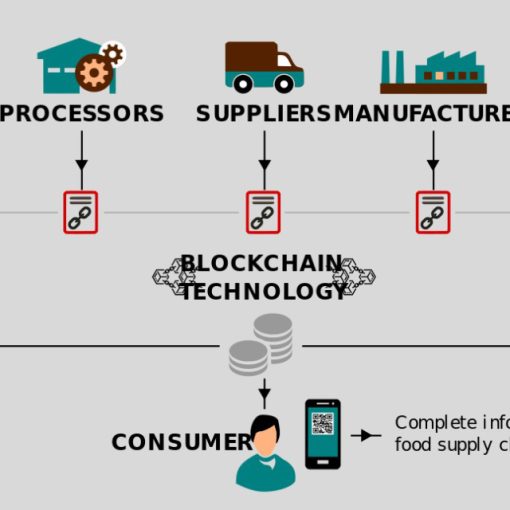The travel and tourism industry has undergone a transformative shift, entering the era of “smart tourism.” Propelled by the rapid advancement of Information and Communication Technologies (ICTs), smart tourism aims to utilise these digital tools, from Cloud Computing to the Internet of Things, to revolutionise travel. This smart evolution promises efficiency, personalisation, and dynamic real-time experiences for the modern traveller.
Technologically driven destinations
Central to this transformation is “smart destinations,” conceptualised as spaces that leverage advanced technologies to enhance the visitor experience. Smart destinations focus on harnessing smart technologies (STs) to provide travellers with better information, increased efficiency, and more personalised experiences. The ultimate goal is co-creating memorable moments with tourists, where they share data, employ these technologies, and shape their experiences with various stakeholders (Huang et al. 2017).
In such a technologically driven environment, chat-based customer service, especially chatbots, has emerged as a prominent tool. Chatbots offer travellers instantaneous responses, catering to the need for timely information in unfamiliar terrains. Furthermore, these digital assistants are available round the clock, ensuring assistance is just a chat away, regardless of time zones or odd hours. Advanced chatbots can even provide personalised recommendations by analysing users’ data, enhancing the overall tourist experience while simultaneously improving customer service efficiency.
Human touch
However, while technology continues to make waves, there is an essential element it hasn’t replaced: the human touch. Research suggests that despite enjoying the benefits of digital advancements, travellers still gravitate towards personal interactions (Kuoksa 2022). For instance, many tourists prefer seeking information from Tourist Information services that provide an added layer of expertise and human connection, not just data. The nuances, empathy, understanding, and assurance of human communication give a layer of comfort and authenticity that pure technology cannot match.

This inclination towards human connection brings forward an important realisation. As much as we innovate and integrate smart technologies into tourism, we must ensure that the essence of travel – human connection and experience – remains intact. Chatbots and AI-driven services can offer efficiency but cannot replicate the warmth of a human smile or the depth of an insightful conversation with a local expert.
Caring matters
There has been plenty of discussion concerning empathy in chat-based customer service. However, the concept of caring goes beyond merely understanding the customer’s perspective, ensuring that their concerns are genuinely addressed and resolved (Jimenez et al. 2020). This deeper level of commitment fosters trust and strengthens customer loyalty, whereas empathy alone may not guarantee a satisfactory resolution (e.g., Pulcini 2016).
Thus, while we continue to embrace and integrate technological marvels in smart tourism, it’s crucial to remember the value of the human touch. The ideal future of tourism would seamlessly blend the efficiency of technology with the irreplaceable nuances of human interaction. After all, in our pursuit of creating smart experiences, we must never forget the heart of travel lies in the connections we make and the stories we share.
Author
Johanna Heinonen is a Senior Lecturer and RDI Specialist at LAB University of Applied Sciences. She is particularly passionate about studying how digital tools and applications could be used more efficiently. This blog opens the setting of her PhD thesis about Caring in chat-based customer service encounters.
References
Huang, C. D., Goo, J., Nam, K., & Yoo, C. W. 2017. Smart tourism technologies in travel planning: The role of exploration and exploitation. Information & Management, 54, 757–770. Cited 7 Oct 2023. Available at doi:10.1016/j.im. 2016.11.010
Jimenez, M., Llauradó, M., Acebedo, S. & Hernandez, L. & Font, I. & Axelsson, C. & Carrion, V. 2020. Emotions and feelings in critical and emergency caring situations: a qualitative study. BMC Nursing. 19. 10.1186/s12912-020-00438-6
Kuoksa, A. 2022. Utopian thinking in smart tourism development: rethinking the Helsinki Tourist Information service concept. A case study. Master’s thesis. University of Eastern Finland. Cited 7 Oct 2023. Available at http://urn.fi/urn:nbn:fi:uef-20221370
Pulcini, Elena. 2016. What Emotions Motivate Care? Emotion Review. 9. 10.1177/1754073915615429. Tumisu. 2021. Sormet, Kädet, Kosketus. Pixabay. Cited 7 Oct 2023. Available at https://pixabay.com/fi/illustrations/sormet-k%C3%A4det-kosketus-tietokone-5946228/




